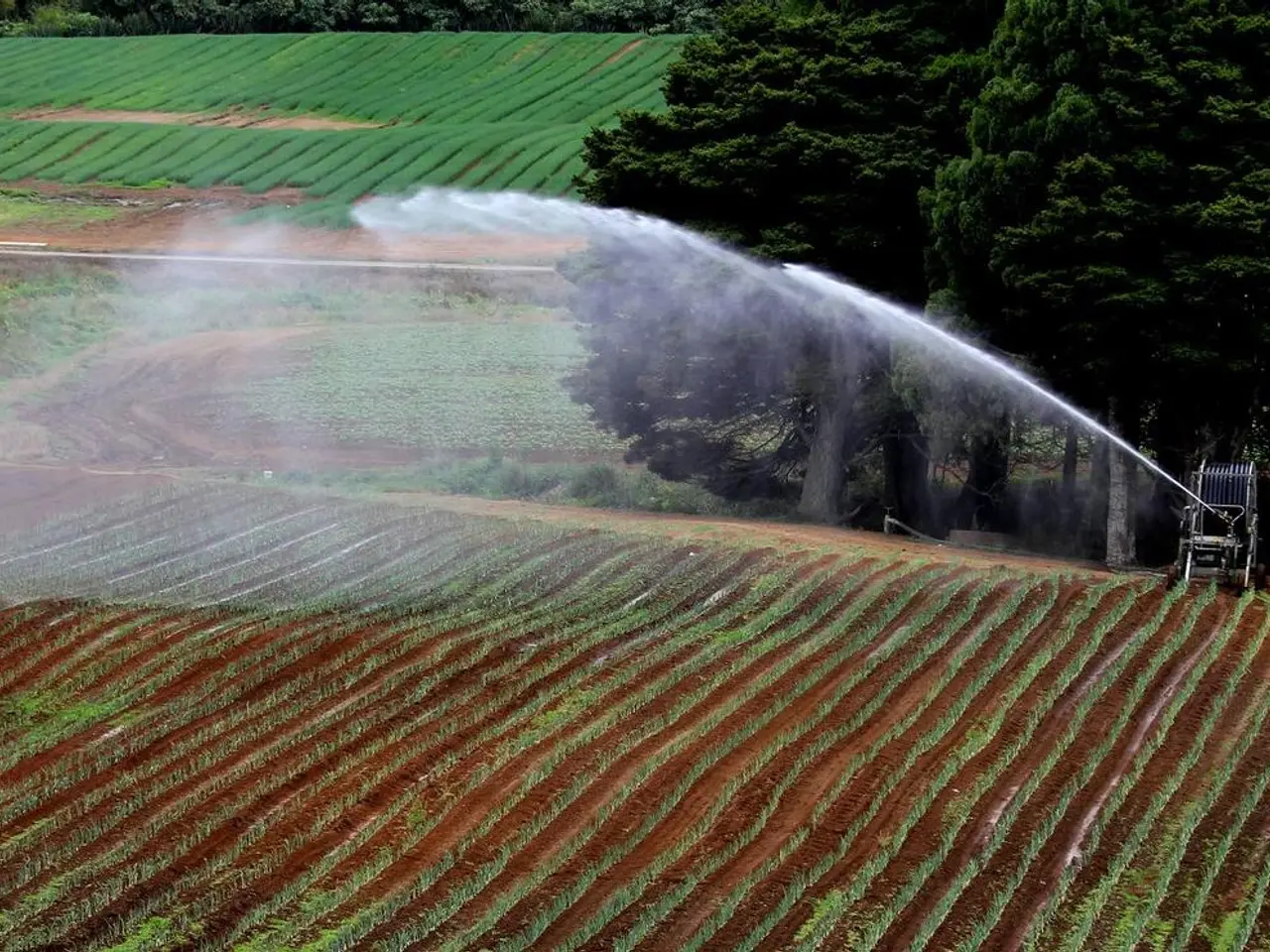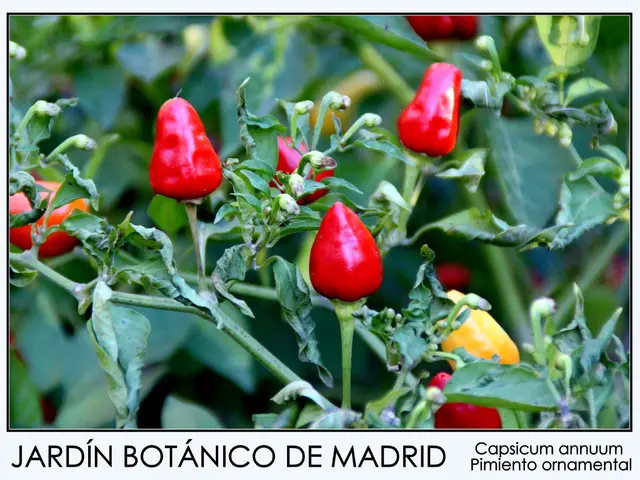Economic Data for Sustainable Farming Models: Permaculture
In the ever-evolving world of agriculture, a revolutionary approach is gaining traction - permaculture economics. This innovative system aims to integrate ecological sustainability with resilient economic practices, creating a holistic approach to farming that benefits both people and the planet.
At its core, permaculture economics emphasizes ecosystem valuation and biodiversity finance. Growing efforts are underway to quantify ecological benefits and create financial incentives for permaculture practices that preserve biodiversity and ecosystem services, such as carbon sequestration and soil fertility.
Permaculture is also advancing alongside regenerative agriculture techniques that prioritize soil regeneration, biodiversity increase, and water cycle improvements to build resilience against climate change. This synergy is crucial in creating farming systems that are not only profitable but also sustainable in the long run.
Resource efficiency and diversification are key aspects of permaculture economics. The economics revolve around efficient resource use, reducing reliance on external inputs, and diversification of income sources (e.g., mixed crop-livestock systems), which improve economic viability and ecological balance for smallholders and farms.
Technology and transparency adoption are also significant trends in permaculture economics. Digital tools, such as blockchain for supply chain transparency, and advanced land management analytics are being applied to support sustainable practices and strengthen market access for permaculture products.
As we look to the future, enhanced financial mechanisms directly rewarding ecosystem preservation, such as payments for ecosystem services and biodiversity credits, are likely to incentivize permaculture adoption. Broader policy support and social frameworks that recognize the economic value of permaculture systems beyond conventional productivity metrics will also play a crucial role.
Urban and local-scale permaculture economics are expected to expand as part of growing interest in food sovereignty, community resilience, and sustainable urban agriculture. This shift towards decentralized, community-driven agriculture has the potential to revolutionize our food systems and create more resilient communities.
Holistic financial analysis, community engagement, and the merging of urban and rural efforts are essential trends in permaculture economics for a sustainable future. CSA models influenced by permaculture keep members for over 80%, showing strong community ties. Using permaculture can reduce input costs by up to 40% compared to old farming methods, and local food systems inspired by permaculture can cut down food miles by about 90%, lowering emissions.
Permaculture economics focuses on holistic financial analysis and green economic metrics. Financial viability in permaculture is key for its success, achieved through sustainable economics and regenerative agriculture. Crowdfunding platforms, grants, subsidies, low-interest loans, and community banks can be sources of funding for permaculture projects. Analyzing market trends and demand for permaculture products can help adjust the size of a project for profitability.
Crop diversity is crucial in permaculture, as it makes markets more stable by reducing crop failure risks and offering a wide range of products. Permaculture farms can add about 30% more organic matter to soil in five years. The success story of Bec-Hellouin farm in France, which produces ten times more than big organic farms, growing over 380 types of crops, emphasizes the importance of biodiversity and ecosystem services.
Policymakers should create incentives and support for permaculture economic indicators and sustainable food systems. Regenerative agriculture and economic models are important for a green economy in a sustainable future. Regenerative agriculture regulations, subsidies for sustainable agriculture, and tax incentives for eco-friendly businesses are important policies for permaculture economics.
In conclusion, permaculture economics is evolving towards a holistic system valuing natural capital and ecosystem services, enabled by new economic models, technology, and supportive policy, aimed at fostering resilient farming systems and equitable resource management in a changing climate.
1) The innovative system of permaculture economics prioritizes valuing ecosystems and financing biodiversity, as it aims to integrate ecological sustainability with resilient economic practices.
2) Resource efficiency and diversification are essential in permaculture economics, revolving around efficient resource use, reducing reliance on external inputs, and diversifying income sources for better economic viability and ecological balance.
3) Growing efforts are underway to adopt technology and transparency, with the use of digital tools and supply chain transparency solutions helping to promote sustainable practices and strengthen market access for permaculture products.
4) Holistic financial analysis is essential in permaculture economics for achieving sustainable economic viability through regenerative agriculture. This involves analyzing market trends and demand for permaculture products and using funding sources like crowdfunding platforms, grants, subsidies, low-interest loans, and community banks.
5) As the focus shifts towards sustainability, policymakers should create incentives and support for permaculture economic indicators and sustainable food systems through regenerative agriculture regulations, subsidies for sustainable agriculture, and tax incentives for eco-friendly businesses.





